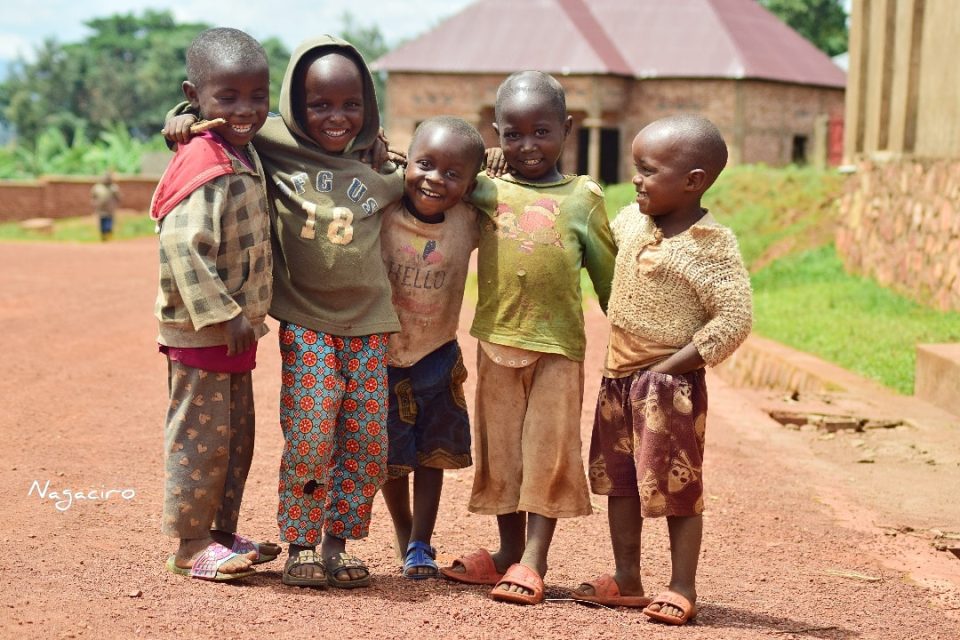Before the world of advanced medicine, incubators, and ultrasounds, how did people manage situations that required saving lives? They relied on thoughtfulness and care. The lives and experiences of our ancestors captivate us, for they are our origins. Moreover, traditional Burundi continues to surprise us with the ingenuity of its people. Their innate intelligence often moves us, especially in how they naturally managed and resolved issues on their own.
Cases of Abnormal Births
Life is the core reason for this article. Knowing that children and livestock were the foundation of wealth for the traditional Murundi (Burundian), we aim to explore how abnormal birth cases were handled. How did Burundians manage to save the life of a premature baby? What was the attitude towards children born with deformities or disabilities? These are the questions that capture our attention.
The Case of Premature Infants and Traditional Incubation in Burundi
In traditional Burundi, before the advent of modern medical technologies like incubators and ultrasounds, communities developed their own methods to care for premature infants. Recognizing the importance of children and livestock as the core of wealth, Burundians devised innovative solutions to safeguard the lives of their newborns.
So, a premature baby was put in a sort of cradle filled with sorghum husks and a bandage was put over his face to keep him warm. He was given something to suck, but they couldn’t carry him on the back(guheka), he was put back in the cradle immediately (the sorghum-filled cradle) after the finish to feed him. The rebirth ceremony will be held, but the days of confinement (ubwiba canke ikiriri) will be counted from the presumed normal date of birth, the date when the child leaves the incubator.
The Fate of a Deformed or Disabled Child
Their fate was pitiful. It was believed that God (Imana) is beautiful and good, an inexhaustible source from which only beauty flows. Therefore, it was unthinkable that He could make a mistake by creating a child with a disability. This belief alone was enough for deformed children to be killed and not seen as children of Imana, but rather as accidents (ivyaduka).
Father Vekemans, in his book Traditional Burundi: A Glimpse into Family Relations, published in Muyange in 1974, recounts a case where a mother gave birth to a deformed child. Believing the child to be a curse, she refused to breastfeed him and kept it a secret. By God’s grace, the baby was saved when a catechist learned of the situation and was able to baptize the child.
In conclusion, the past of Burundi remains significant. A retrospective study will always help us understand the present and envision the future. Today, a child with a disability is regarded like any other child, with equal rights and responsibilities. This is a positive step forward for our society.


